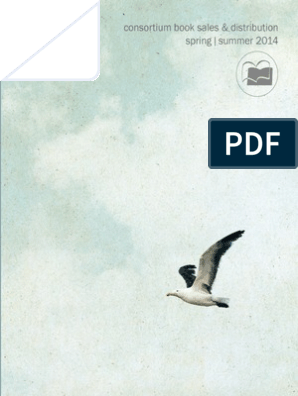0% found this document useful (0 votes)
53 views64 pagesLecture 1 Physics
Uploaded by
asadkhurshid420Copyright
© © All Rights Reserved
We take content rights seriously. If you suspect this is your content, claim it here.
Available Formats
Download as PPT, PDF, TXT or read online on Scribd
0% found this document useful (0 votes)
53 views64 pagesLecture 1 Physics
Uploaded by
asadkhurshid420Copyright
© © All Rights Reserved
We take content rights seriously. If you suspect this is your content, claim it here.
Available Formats
Download as PPT, PDF, TXT or read online on Scribd
/ 64

















































































